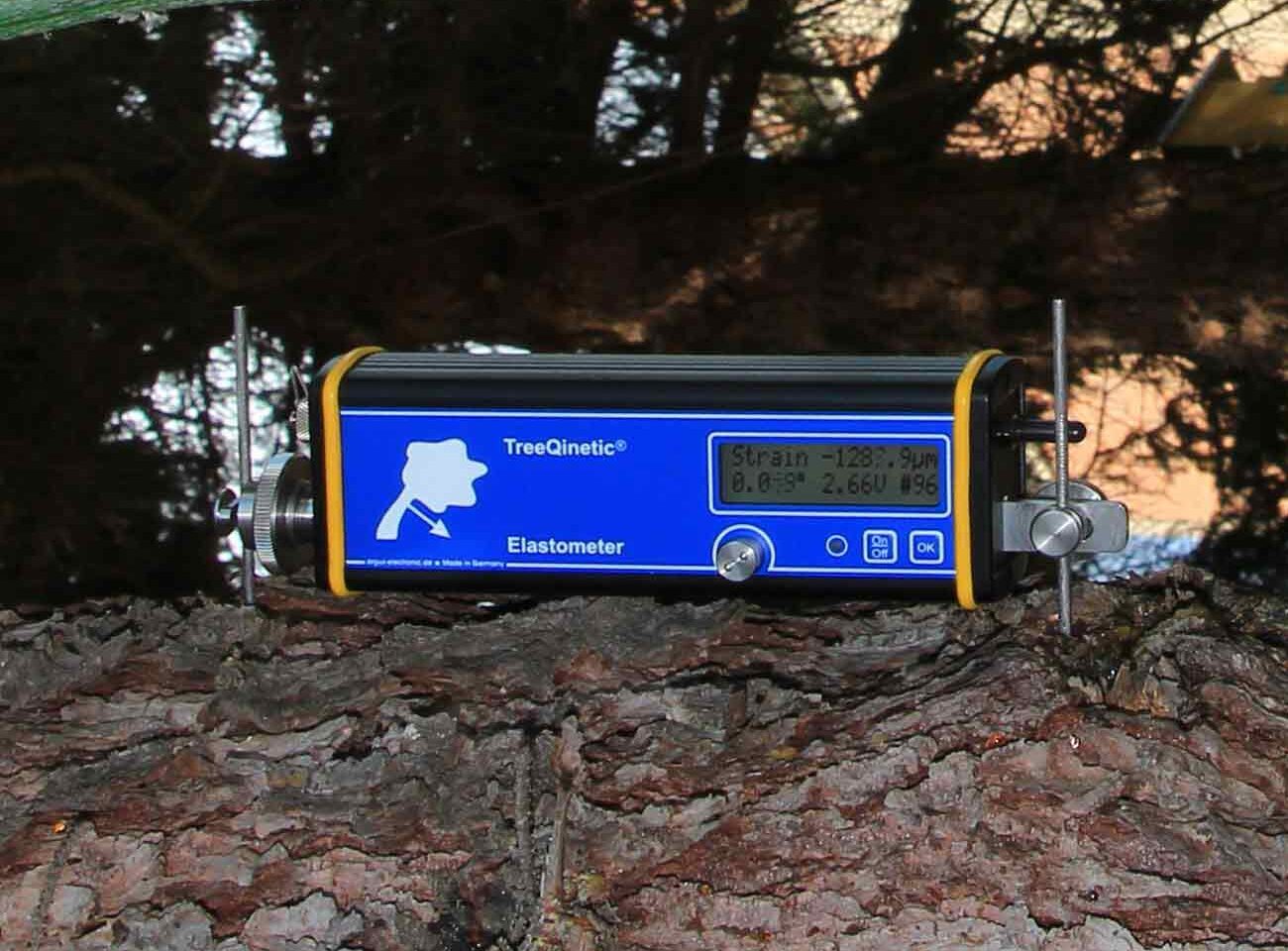The transport of the decommissioned German Air Force Airbus from Hanover Airport to Serengeti Park has been covered by media across Germany in recent weeks. In advance, conservation requirements caused problems. The state government expressed concern that trees could be damaged or branches would have to be removed.
The Reverse Rigging method is intended to help avoid environmental damage during heavy transports. Vincent V. Janssens, Managing Director of Arboristica, is regarded as the developer. The aim of the method is to reduce interventions to a minimum and to maintain natural structures.
The branches of the affected trees are not removed but are temporarily lifted and secured. First, access to an elevated point on the trunk is created on each tree. A winch is used to lift and secure the branches.
To determine the elastic limits of the wood fibers, Janssens uses the PiCUS TreeQinetic Elastometer. This device measures the stretching or compression of the outer wood fibers. It identifies the load a branch can withstand without its structural integrity being compromised by bending. The readings form the basis for assessing break safety. The focus of the Reverse Rigging method is the question of how much force is needed to lift branches.
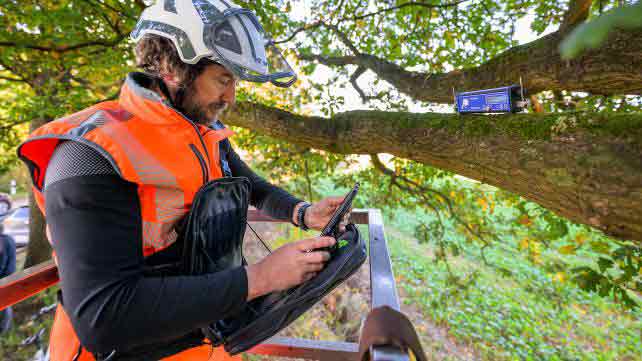
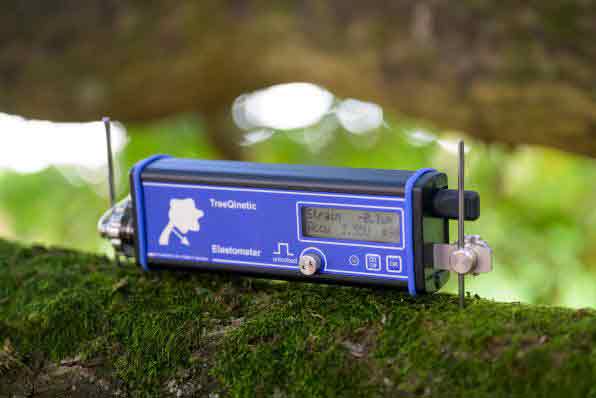
Initial field studies and samples were carried out in advance using the PiCUS TreeQinetic. These were submitted to the government and led to approval of the transport.
A total of 480 trees were digitally recorded for the transport. Around 350 crown lifts were carried out on approximately 200 of these trees. Additional trees received minor maintenance pruning as part of regular tree care. The heavy transport took three nights.
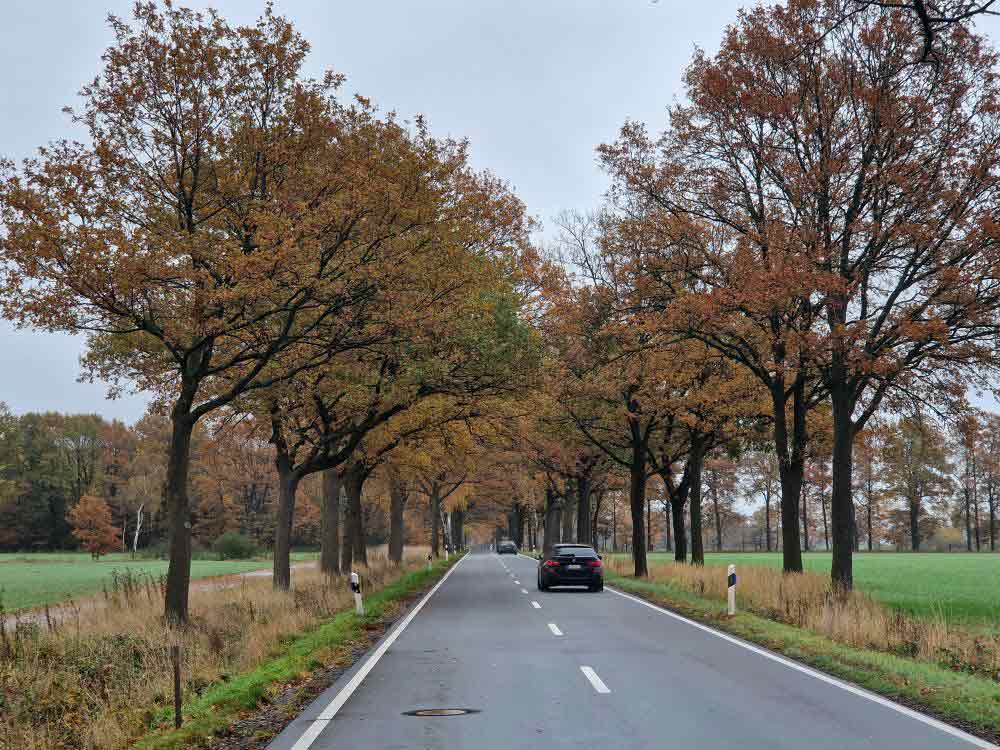
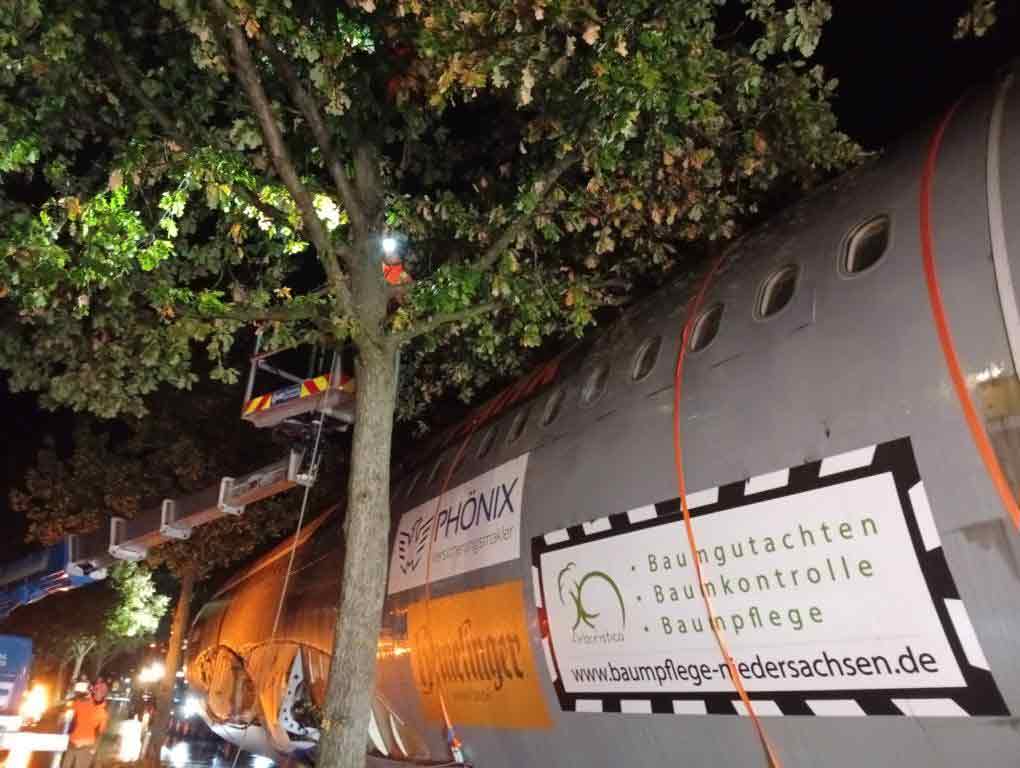
In the meantime, the Airbus has reached its destination, the Serengeti Park. Thanks to the reverse rigging method, the transport proceeded smoothly, and no trees along the route were damaged.
We would like to thank Vincent V. Janssens for the cooperation and look forward to further projects on the Reverse Rigging method.
